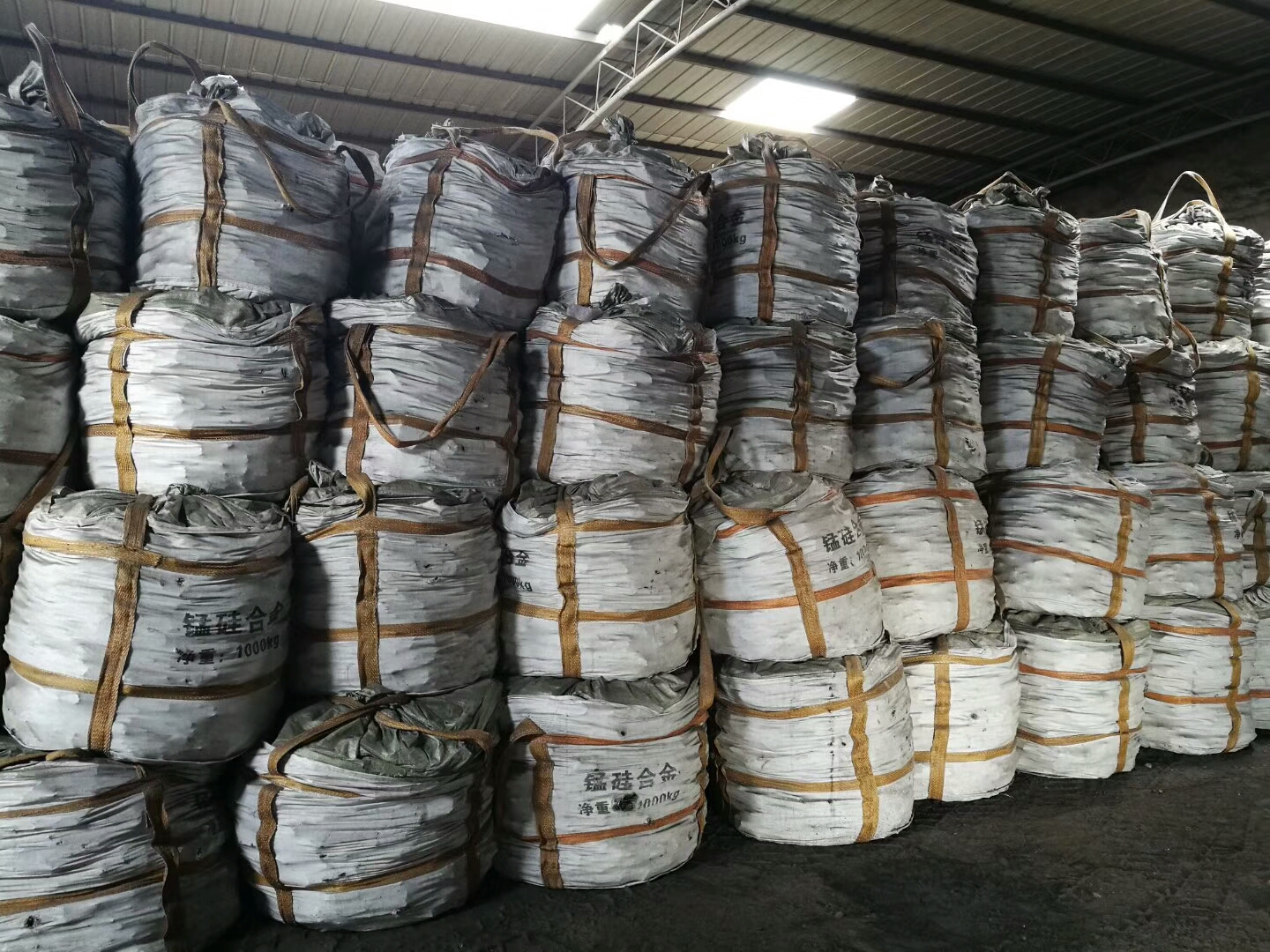Three characteristics indicate that the RMB exchange rate is expected to be stable

Since August, multiple factors have pushed the dollar to continue to strengthen, and non-US currencies, including the renminbi, have generally been under pressure. In general, under the disturbance of external factors, the renminbi has a certain depreciation pressure, but China's economy is stable and the toughness is enhanced, which provides strong support for the RMB exchange rate, and the RMB exchange rate will remain stable at a reasonable and balanced level.
Looking back at the recent trend of the RMB exchange rate, we can see that the RMB exchange rate fluctuations have three characteristics:
First, the flexibility of the RMB exchange rate has been further enhanced. With the continuous deepening of the market-oriented reform of the exchange rate, the two-way fluctuation range of the RMB exchange rate has increased significantly. During the day, hundreds of points of wide fluctuations have often occurred, and the flexibility of the RMB exchange rate has gradually increased. From the perspective of foreign exchange reserves, although the RMB exchange rate has rapidly declined in June and July, the size of the foreign reserve has rebounded slightly for two consecutive months. It can be seen that the central bank has basically withdrawn from the normal foreign exchange intervention and paid more attention to the market's exchange rate formation. The decisive role in it.
Second, the market expectation is relatively stable. Although the RMB exchange rate has generally shown a downward trend recently, it has not continued to unilaterally depreciate as it did at the end of 2016. The current cross-border funds are more rational and the market expectation is relatively stable. The foreign exchange bureau also said that it is far from the period of high capital outflow pressure in 2015 and 2016. The daily deficit of personal settlement and sale is only 28% of the daily average of the highest month. The average daily outflow of cross-border funds is only at that time. 12% of the daily average of the highest month. In addition, the recent spread between the offshore RMB exchange rate and the onshore RMB exchange rate is relatively stable, and even the phenomenon of domestic foreign exchange difference is reversed. It can be seen that the market expectation of the RMB exchange rate is relatively stable, and the adaptability to the RMB exchange rate fluctuation is significantly enhanced.
Third, there is a certain "bottom line" in the RMB exchange rate. While withdrawing from the normal intervention and increasing the flexibility of the exchange rate, the central bank has been insisting on the bottom line thinking. When necessary, it will carry out countercyclical adjustment through macro-prudential tools to maintain the smooth operation of the foreign exchange market. For example, after the offshore RMB exchange rate broke through the 6.7, 6.8, and 6.9 points in July, the central bank adjusted the foreign exchange risk reserve ratio of the forward foreign exchange settlement and sales business from 0 to 20% on August 6 to ease the foreign exchange market. The procyclical behavior brings depreciation pressure to the RMB exchange rate. In addition, on August 16, the central bank's Shanghai headquarters required banks not to deposit or dismantle RMB funds abroad through inter-bank current accounts, and to maintain the smooth operation of the foreign exchange market by shrinking offshore renminbi liquidity.
The main reason for the recent fluctuations in the RMB exchange rate is the strength of the US dollar. On August 10, after US President Trump announced the imposition of punitive tariffs on Turkish steel and aluminum products, the Turkish lira fell sharply, and some of the weaker emerging market currencies were also hit. In this context, large-scale safe-haven funds returned to the United States, coupled with strong economic fundamentals in the United States, jointly pushed up the US dollar index. Later, as Trump slammed the Fed’s progressive rate hike strategy, the US dollar index fell back, and the RMB exchange rate against the US dollar also rose by four consecutive months. It can be seen that the recent fluctuations in the RMB exchange rate are mainly related to the trend of the US dollar. In addition, the divergence of China-US monetary policy has also affected the fluctuation of the RMB exchange rate. At present, the US monetary policy is still in the process of raising interest rates and shrinking the table. The liquidity of the US dollar has been continuously returned. Under the prudent monetary policy, China has successively lowered the target three times and implemented the MTF operation many times. The monetary policy is presented as “ Wide currency" situation. Finally, the disruption of trade friction on the RMB exchange rate still exists.
Judging from the recently released balance of payments data for the first half of the year and July foreign exchange reserve data, the current cross-border capital flow situation is generally stable and the foreign exchange market is relatively stable. In the long run, the exchange rate is ultimately determined by economic fundamentals. Since the beginning of this year, China's economic operation has been generally stable and its resilience has increased, providing a basis for the smooth operation of the foreign exchange market. Looking forward to the future, with the steady implementation of China's opening up to the outside world and the implementation of the policy of expanding domestic demand, the activity and stability of China's cross-border capital flows will be further enhanced, and the RMB exchange rate will remain basically stable at a reasonable and balanced level.


 +86-13460933678
+86-13460933678